REVIEWS
Reviews made in a slightly different way.
Reviews where I avoid to write too much about technical specifications and other info that you easily find everywhere on the web.
Instead, I choose to focus on how I use these equipments, what is unique about those and what can those add to my photos.
Reviews based on use and not only theoretical assumptions.
A hint of well selected facts, and then the photos will tell you the rest.
Product reviews on photo related equipment that I choose to highlight.
- Sony A7R V
- NiSi 15/f4
- Sigma 150-600 Sports Sony FE
- Samyang 50mm F/1.4 II
Sony A7R V, the first truly high-resolution camera without the typical downsides that high resolution usually brings?
Let’s see…
(All of these images are edited jpg images. The images will be replaced and more images will be uploaded as soon as the software manufacturers release support for A7R V raw files)
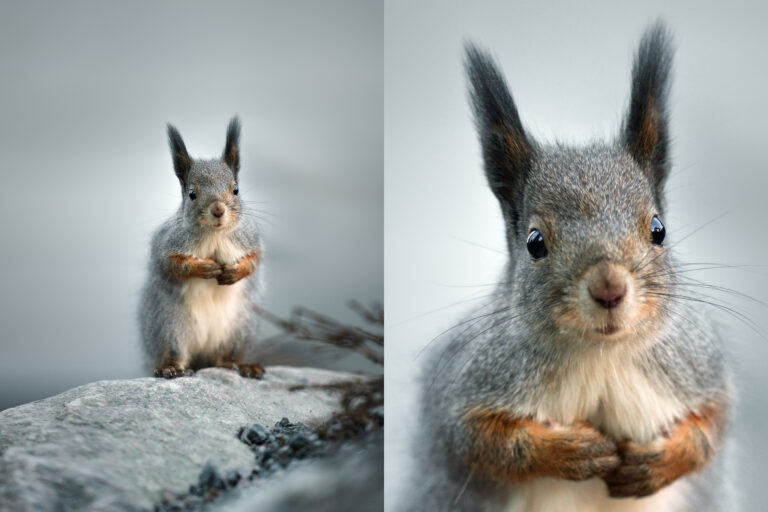
First of all, how many megapixels and how high resolution do we need? Is there really a need or are we just exposed to a hyped race where manufacturers creating a need and thereby make us want to spend our money?
I can’t answer for everyone, I can only speak for myself. And if I look at myself and my needs, the answer is crystal clear, I really need high resolution. And when asked how many megapixels I really need, I can only give the simple answer that no matter how many are offered, I need all of them.
Let me explain…
As a landscape and wildlife photographer, I have for a very long time faced a constant challenge that I’m sure everyone has faced at some point. Am I in need of speed or resolution, and then you have been forced to make a choice and then compromise in the best way based on the choices you made.
As it was never really possible to combine the best of both worlds before, you have always been forced to make a choice. You have had to choose a camera with good and accurate autofocus and a fast continuous shooting but at the expense of the resolution and vice versa. This was a fact for a long time and there were probably a lot of us who prayed and wished so much that there was something in between, something with adequate speed and yet a representative resolution.
This dilemma lasted for me until Sony released their A1, a camera with specs so good it almost felt unreal. A camera so good that it took a lot of use before I could relax and realize that it is actually true. I remember so clearly how I for a long time really was looking for faults just because my stomach told me it was too good to be true. A camera with exceptional speed, and with a resolution that still remained at the top of the market, it was really a milestone in the development of superb tools for animal and nature photographers.
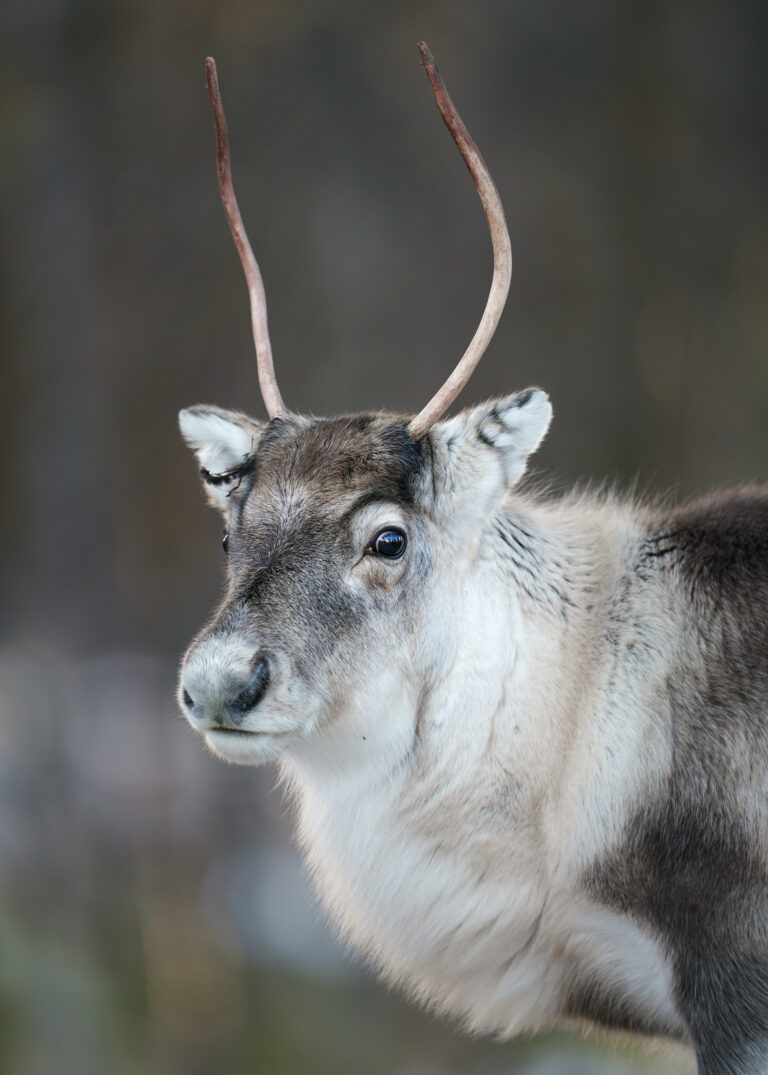
So is Sony now taking another big step forward with the release of their new A7R V ?
A camera with the same high resolution as the previous A7R IV, but how does it perform in terms of autofocus? And are there any other clear advantages and upgrades from the A7R IV ?
After testing the A7R V for a few days, I can only say that it is good, really damn good!!! And the upgrades that have been made are really big steps forward, and I feel so genuinely excited about this camera that surely will make my life as a photographer so much easier.
Before I go into details and why this new camera is another big step forward, I need to get back to the basics and briefly explain why I have such a need for many megapixels and high resolution in my way of photography.
When it comes to wildlife photography, there is one thing that is usually far more important than anything else, the need of reach. It is a constant challenge to position yourself correctly and with the help of a long focal length get close enough to the animal. And then it is easy to think that the longer the focal length, the better. But is it always like that? It must not be forgotten that even by cropping an image you get a longer range. And could it even be that in some cases it might be better to crop than to have a longer focal length? Yes, in my opinion the answer is absolutely yes. And this is why…
I use to to say that a high resolution camera is your best friend when it comes to photographing wildlife in bad light conditions. In good lighting conditions, a lens with a longer focal length is usually preferred. But it is a fact that the aperture on telephoto and especially telezoom lenses becomes smaller and smaller the longer the focal length gets. And when the light starts to fade, it often doesn’t take long before you realize that the size of the aperture suddenly becomes so much more important than the focal length. And after turning up the ISO way too much and still being forced to lie at shutter speeds that are way too long, you realize it’s time to go home. But the problem is that we are talking about photographing wild animals, animals that are usually most active at dawn and dusk.
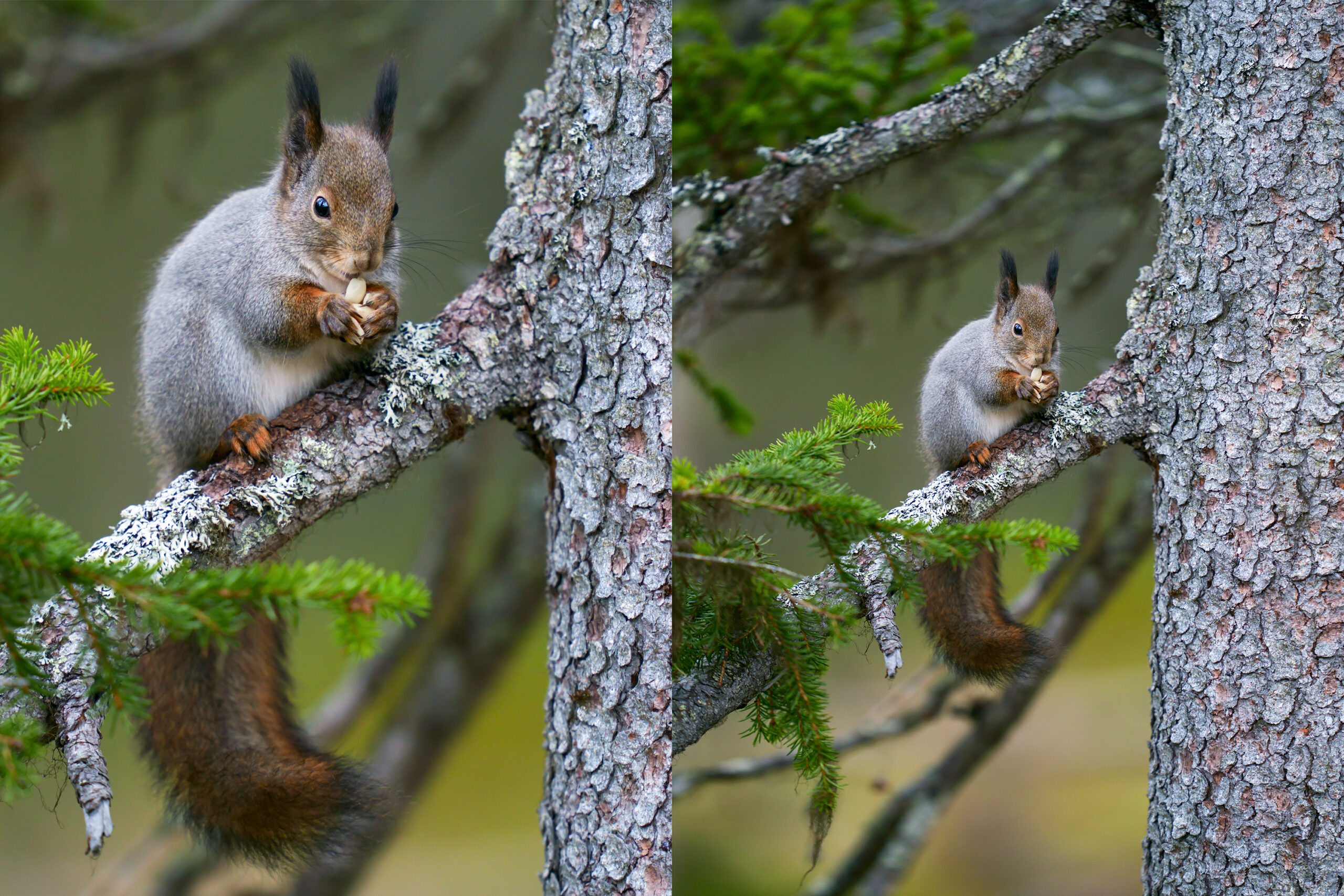
So now we get into what I’m trying to explain, the importance of a large aperture. In situations like these, the choice of aperture is, in my opinion, the most important thing and something that, together with a high-resolution camera, saves the situation. An 800mm telephoto lens usually has an aperture of 5.6 or 6.3. And a common telephoto zoom that reaches 600mm usually also has an aperture of 6.3. If, because of the small aperture, you are forced to have an ISO that is too high and a shutter speed that is too long, which renders an image unusable due to motion blur, it is a small consolation that you at least had the range that was needed. Then it is much better to use a lens with a little shorter focal length but with a large aperture to ensure that you get a correct shutter speed and a suitable ISO number. Because if the image is sharp and clear and is taken with a high-resolution camera, there is no problem compensating for the slightly shorter focal length by cropping the image as desired. It is with this mindset that I again want to say that a high resolution camera is your best friend when you are shooting animals and the light starts to fade.
So now let’s focus on what this post is really about, the new and just released A7R V from Sony.
I feel like I have to start with a deep dive into the new and absolutely phenomenal auto focus system that this camera offers. This is in my opinion the most significant upgrade from the previous model.
The A7R V takes a step forward with its 693 AF points (86% coverage in FF and more than 90% in APS-C)
But without a doubt, the biggest improvement is the new AI-based AF system with next generation subject recognition (Human/ Animal/ Bird/Insects/ Cars/ Trains/ Airplanes/ etc) which also supports Real-time Tracking.
Have photographed some eagles in recent days and also had some seagulls as test subjects, and it’s really funny how many of the pictures have the focus in the right place. When it comes to really small and very fast birds, however, it becomes a bit more difficult. There you really wanted more than 10 fps for the best results.
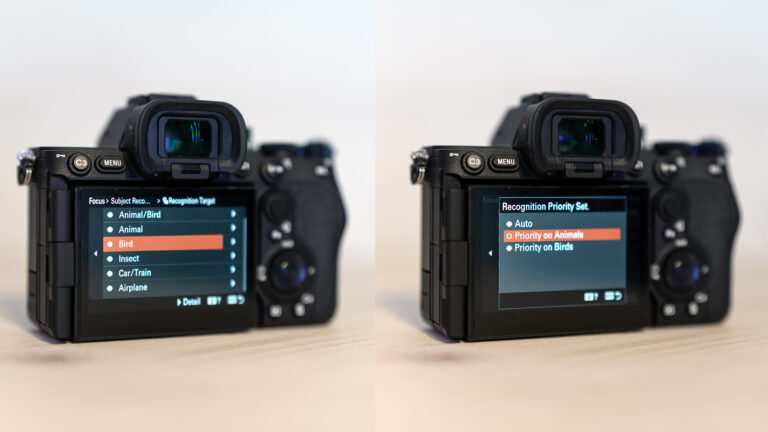
The autofocus system is really much better than on the previous model. I don’t know if it is the new processor itself that makes the difference or if it is the new refined AI technology, I would guess a combination of it.
This is really impressive, I would not have expected to get the speed and reliability that this new AF system delivers without sacrificing resolution. But the A7R V, with its back-illuminated Exmor R CMOS sensor, still has 61 megapixels, the same number as the previous A7R IV. So we have a new greatly improved AI based AF system with maintained resolution! This makes me so happy, and I can hardly stop smiling when I realize how important this is to me when I want to be able to crop images taken in low light to compensate for choosing a shorter lens with a larger aperture, and still have enough resolution for make large and high quality photo prints.
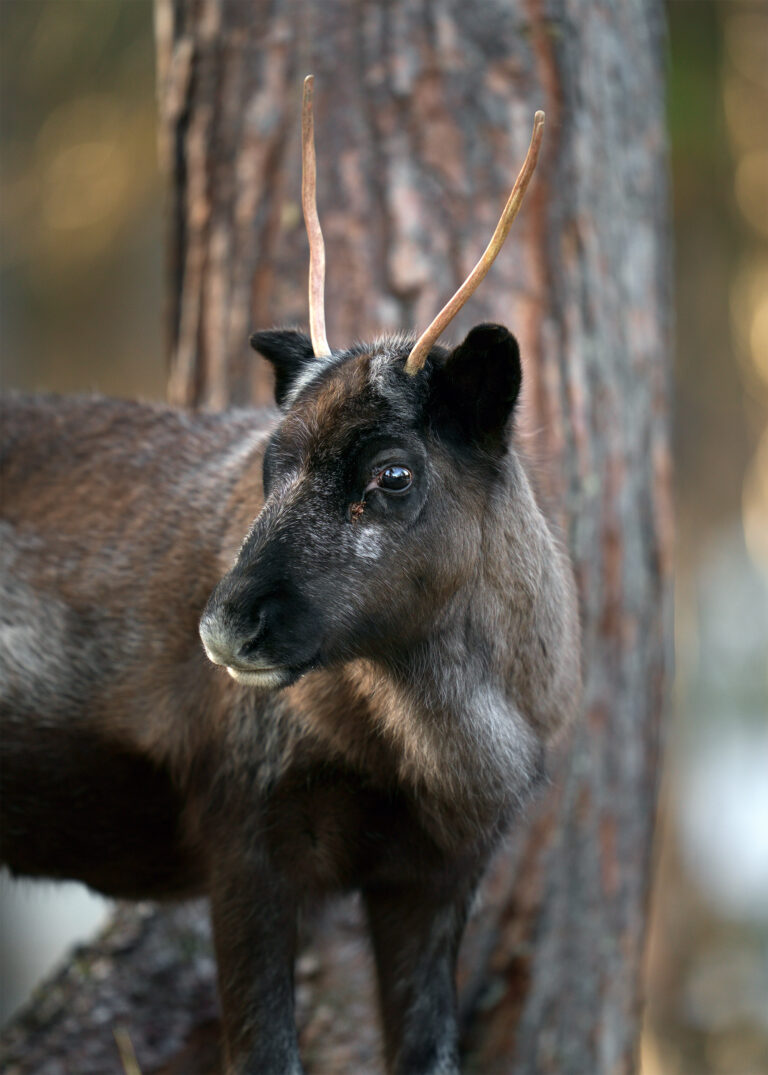
The BIONZ XR image processing engine is super fast, same engine as the A1.
And with the upgraded card slots that now handle CFExpress Type A, the problem with buffering is completely gone.
If you shoot continuous shooting at 10 fps in uncompressed raw, you can take hundreds of pictures without the camera having to buffer. And when I did a test in compressed raw, I could basically hold down the shutter button forever without any problems with buffering.
The A7R V is limited to 10 fps, but given the resolution it delivers and the speed and accuracy of the new autofocus system, at least I feel that 10 fps is absolutely good enough.
The exposure compensation wheel is gone and has been replaced with a programmable wheel that is set to ISO in as standard, so good! finally!
The new upgraded 8-step image stabilization seems to be able to do its job. Is difficult to measure exactly and compare to the previous one. But when I shoot with shutter speeds that are on the limit, I see a clear difference in how many of the images come out sharp without motion blur
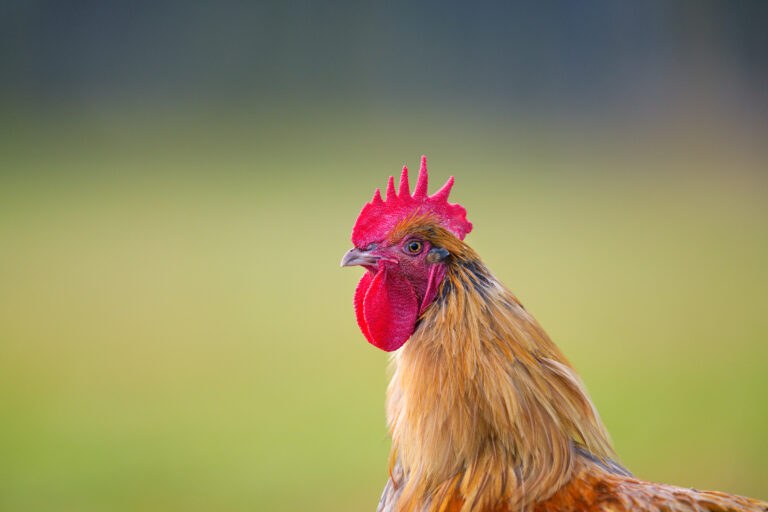
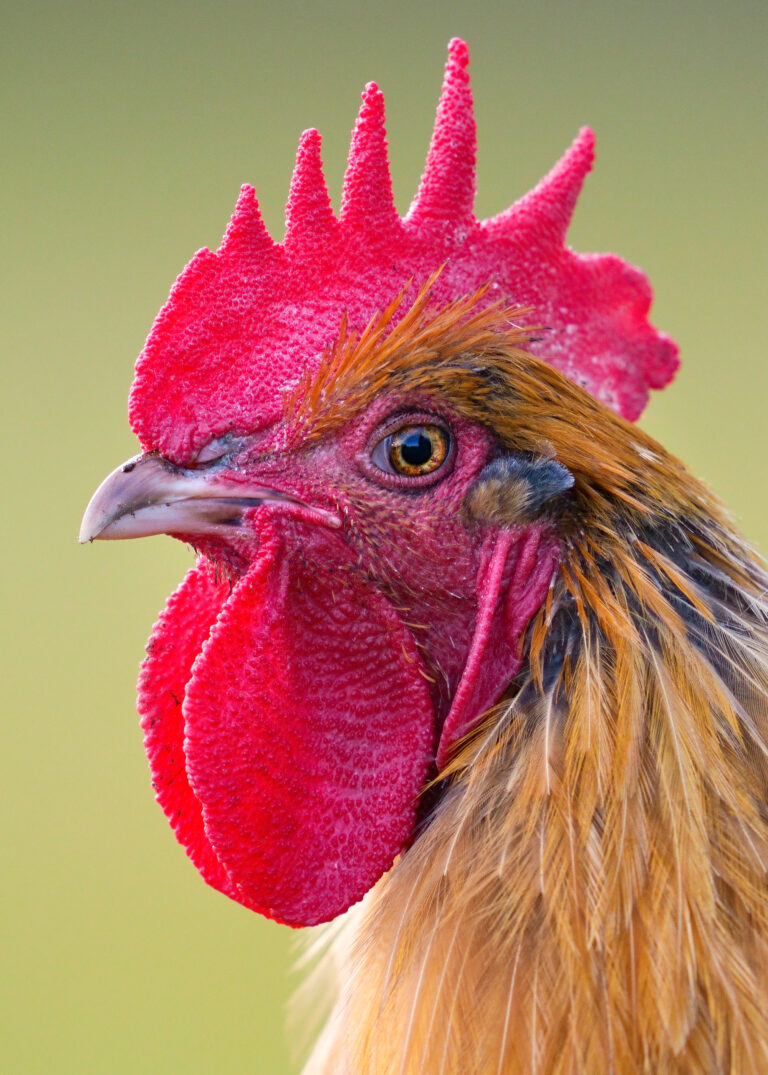
Features:
61.0MP back-illuminated Exmor R CMOS sensor
BIONZ XR image processing engine
AI-based AF with next generation subject recognition (Human/ Animal/ Bird/
Insects/ Cars/ Trains/ Airplanes/ etc)
Advanced Real-time Tracking with wide, high density phase detection AF
693 AF points (86% coverage in FF and more than 90% in APS-C)
More than 583 compressed RAWs in continuous shooting
10 fps burst with AF/AE tracking
8K 24/25p and 4K 50/60p recording
S-Cinetone, 10bit depth, 4:2:2 colour sampling
Movie support functions (AF Assist, breathing compensation, focus map, etc)
In-body image stabilization with up to 8-step compensation effect
Upgraded Pixel Shit Multi Shooting
Selectable RAW options including lossless RAW for efficient workflow
New 4-axis multi-angle LCD monitor with 3.2-type large screen
9.44 million-dot QXGA viewfinder
2 compatible slots Two CFExpress Type A and SD cards
Remote shooting, FTP transfer and UVC/UAC USB streaming
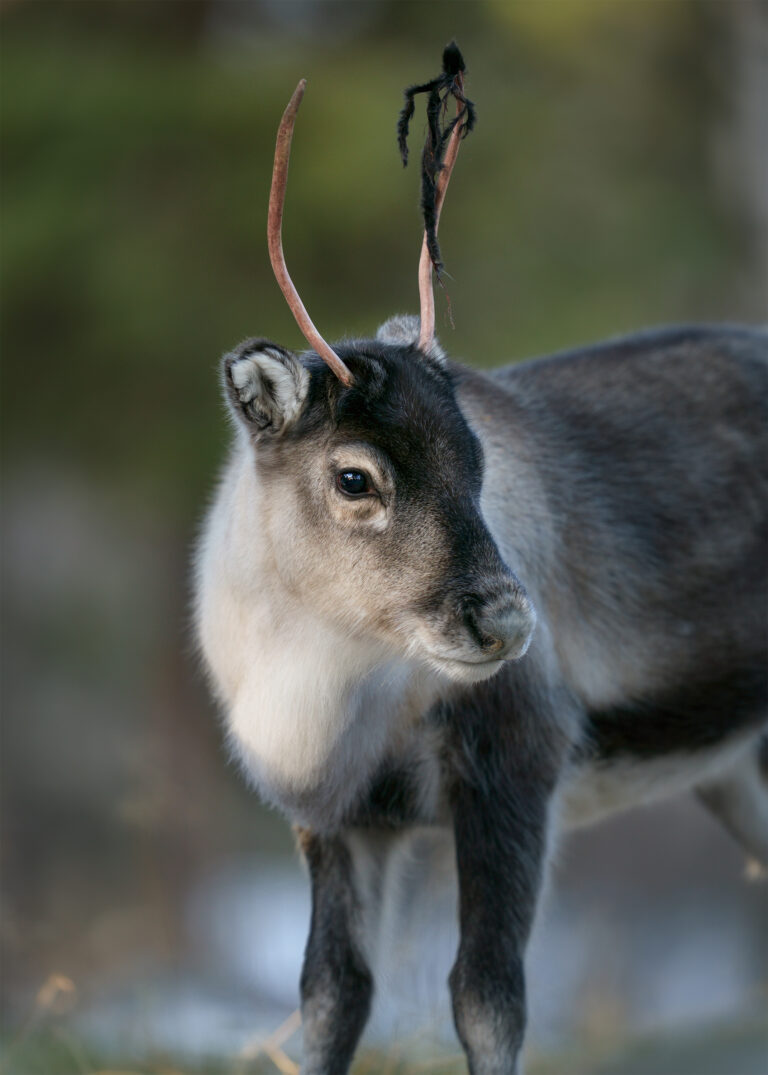
Pros and Cons
The biggest pros for my use:
+ High resolution, image quality and color depth.
+ The new AI-based autofocus system is a major step forward.
+ A definite improvement of the Real time tracking.
+ The new upgraded 8-step image stabilization.
+ Continuous shooting without the risk of buffering.
+ Focus bracketing (stacking)
+ New EVF with higher resolution
And some cons:
– 10 frames per second is usually enough, and given the resolution it’s really good, but I can’t help but wish it was 15.
– For very small and fast flying birds, you may experience some limitations.
When it comes to ISO and the amount of noise, high-resolution cameras often get a minus, but here I can’t really agree. To say that images from a high-resolution camera generally contain more noise is a bit misleading. The high resolution makes more noise visible compared to fewer megapixels on the same sensor area. But what if you resize the image to a size equivalent to a camera with a lower resolution? Then a large amount of the noise disappears because it is no longer as visible.
Then I feel that in post-processing it is easier to remove noise from a high-resolution camera than from one with a lower resolution. Since each small detail, such as a star, consists of more pixels, it becomes easier for the software to see the difference between noise and a star during noise reduction. So yes, you may maybe experience more noise with a high mp camera, but at least it’s nothing that limits me in my creation so far. But here I must be very clear that I cannot speak with full knowledge regarding the new A7R V. As the camera is not yet officially released, there are no programs that support its raw files, so I have only been able to work with JPG and TIF. And without access to the raw file, I can’t 100% tell about noise. But when I compare JPG files straight from the camera between A7R V and A7R IV I do not fint any differences.
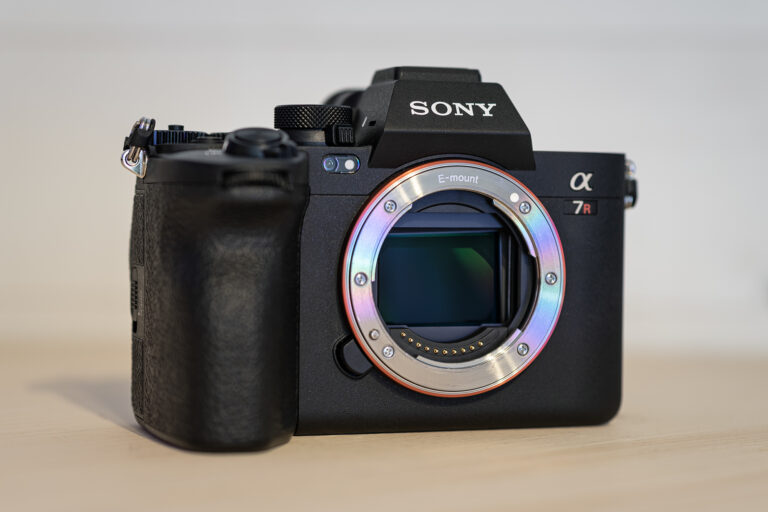
Summary:
So, what do we say about this new camera from Sony, how does it perform and who is it for?
To begin with, I must say that I am impressed, very impressed. The previous A7R IV has for a long time been a well-functioning workhorse that I really appreciated a lot. I can’t say that there was anything obviously “wrong” with that camera, even if there were things to be desired. And now when a new version comes out with the same wonderful image quality, the same high resolution and that it now also fulfills almost all the wishes I previously had, well then it’s hard to feel anything but satisfied.
The A7R V is the camera for you who are looking for high resolution, good color depth in the raw material and who want the absolute best possible image quality.
High resolution studio portraits, advertising and marketing material to be used for large prints, etc. etc. The uses for a camera like this are really many. When it comes to landscape and wildlife photography, I can really recommend the A7R V, the ability to crop images significantly without losing too much data opens up completely new possibilities in the workflow. If you also want to be able to make large prints even after cropping your images, the A7R V is a dream for that purpose.
The autofocus system is very well upgraded, which also means that the use for the A7R V becomes significantly wider than with the previous version. However, a limitation may be that the maximum number of image series per second when shooting in continuous shooting is limited to 10 fps. But if resolution is more important than extreme speed, the choice is easy. Although the new AI-based AF system is very fast and maintains a very high accuracy, I experienced a limitation when it came to photographing very small and fast-flying birds. If you photograph birds, and mainly small birds and really want to capture the exact right moment, I recommend choosing the faster A1. Then you get an even faster camera but at the expense of resolution, although the A1 is still a camera in the high-resolution category. But for most other animals and purposes, the A7R V will be an obvious choice for me. Partly because it suits my way of working, my way of prioritizing large aperture over maximum range when the light start to fade and then because I simply really need the resolution. Printing is a great passion for me, and I also want to be able to deliver the absolute best imaginable quality on my products that I sell in my print shop. And when it comes to very large prints, every single megapixel is needed.
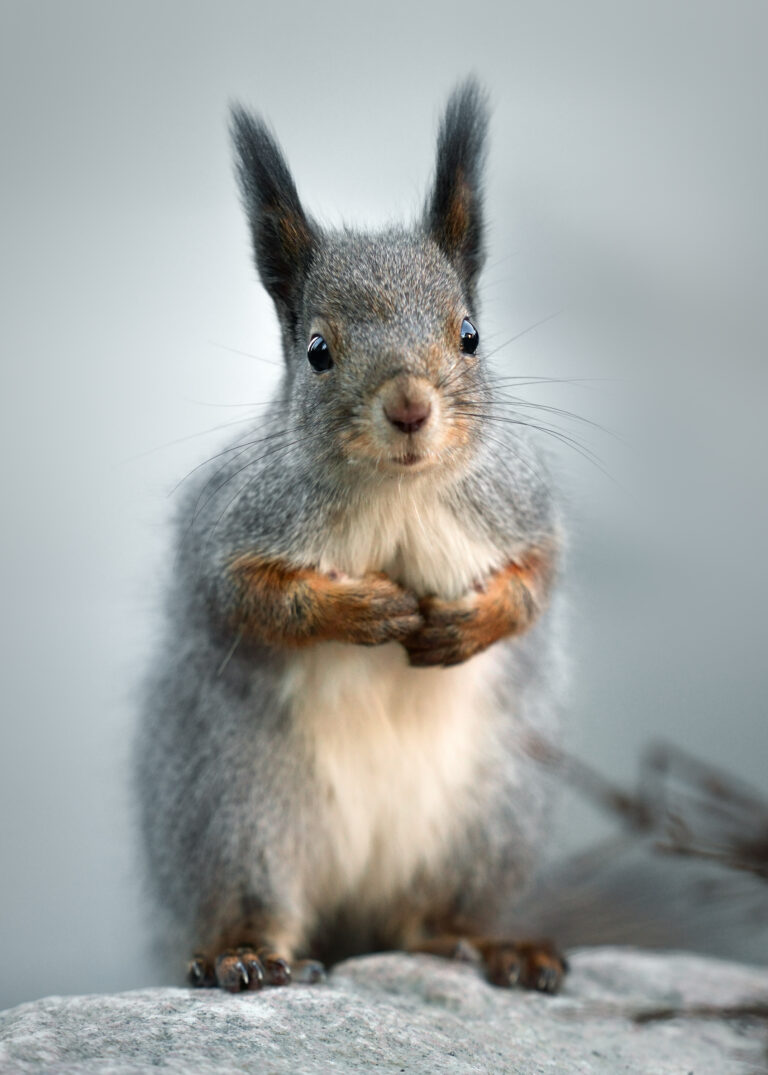
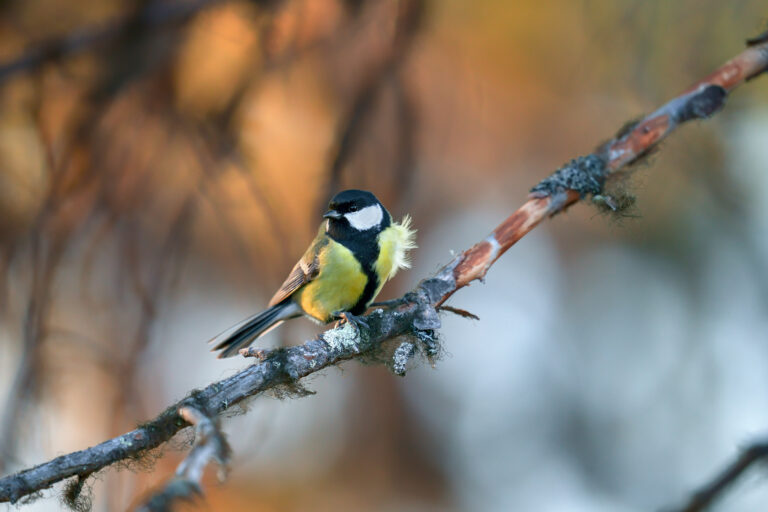
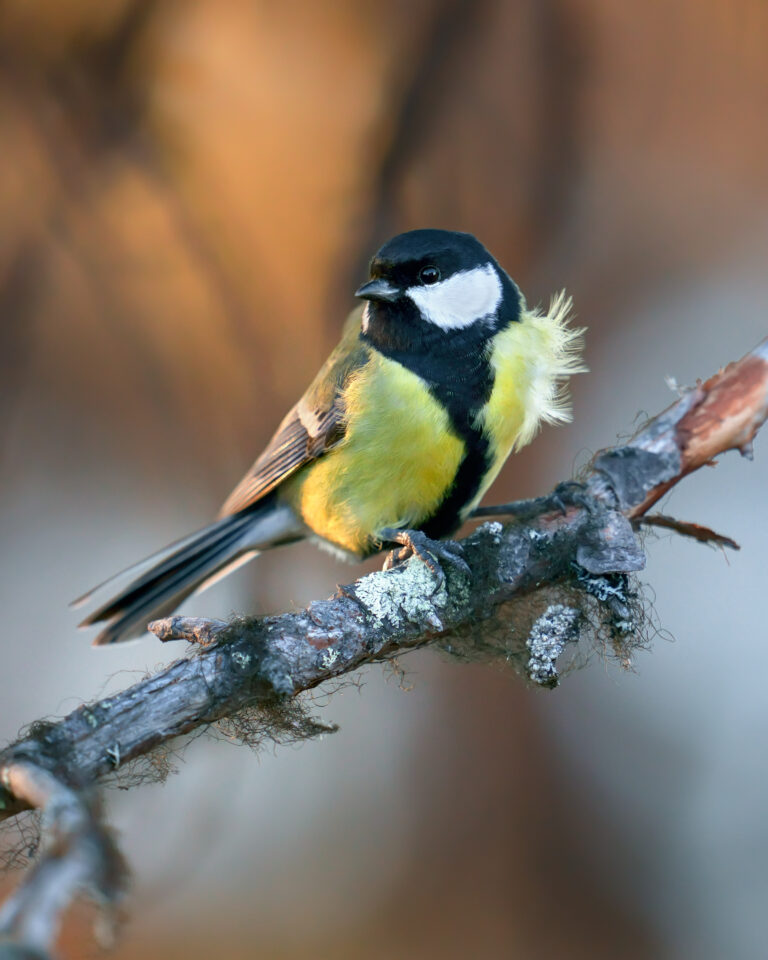
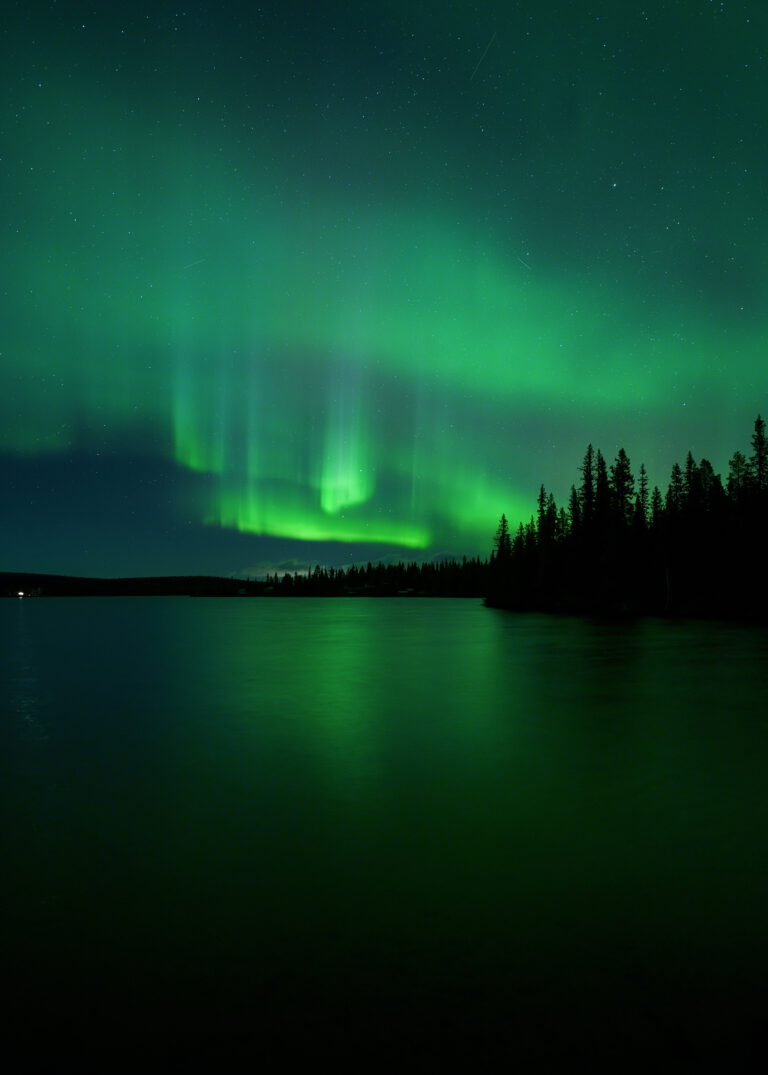
All photos in this review are photographed handheld and with the Sony A7R V camera body. During post-processing, only parameters such as light, shadows, hue, saturation, contrast and so on have been adjusted. As all available raw format converters at the moment do not support the arw format from the new A7R V as it has not yet been released, all images are converted to TIF before editing.
Hope this review is helpful and that you find it interesting and relevant. If you have any questions, feel free to contact me through the contact form here on my website.
/ Magnus Winbjork
Day trip in Swedish Lapland with the Nisi 15/f4
Took this photo during a day trip to the area around Kebnekaise mountain massif in Swedish Lapland.
The weather conditions were perfect, cold and a clear nice sky.
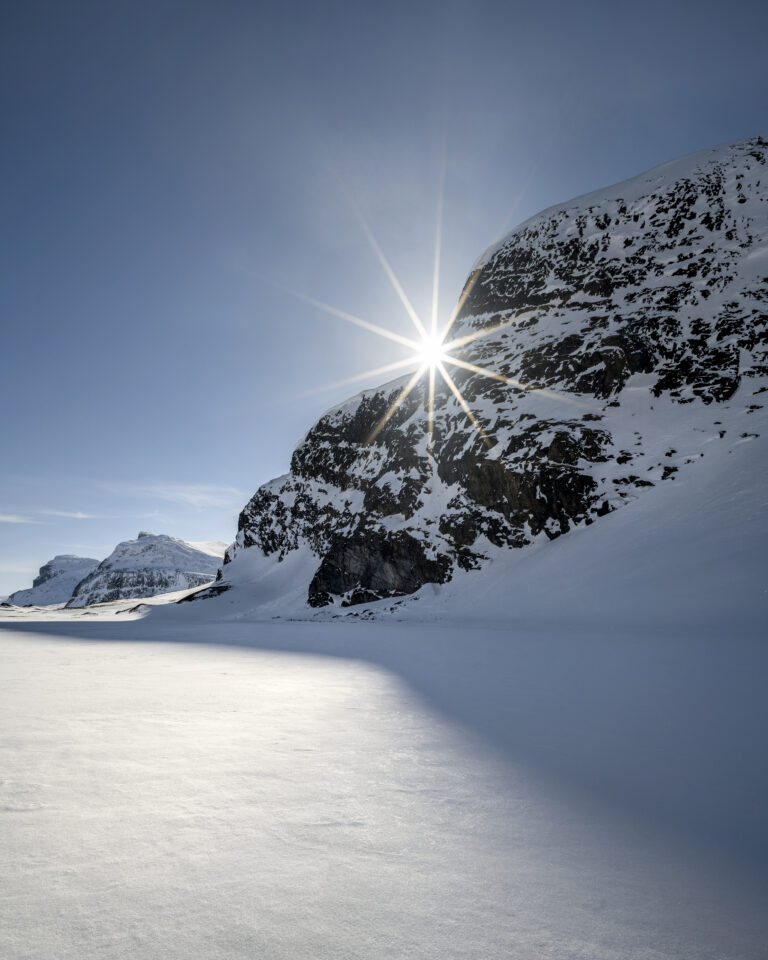
I really like to compose with the sun in the frame, and with the Nisi 15/4 all becomes like a dream. Being able to get such clear and distinct sun rays and completely without some unwanted reflections is fantastic. I also shoot a lot in white snow covered landscape where it’s very important that a lens gives as less reflections as possible when shooting straight to the sun. In big pure white areas as winter landscape, even a small reflection will ruin the photo. It’s a big benefit to be able to get this kind of sunbeams already at a quite big aperture, cause using too small aperture will easily give you diffraction which is very visible with today’s high megapixel cameras. The nisi 15mm f4 with it´s special design have really open up a new way of taking photos for me, and I’m now more inspired than ever to compose with the sun as an ingredient in my photos.
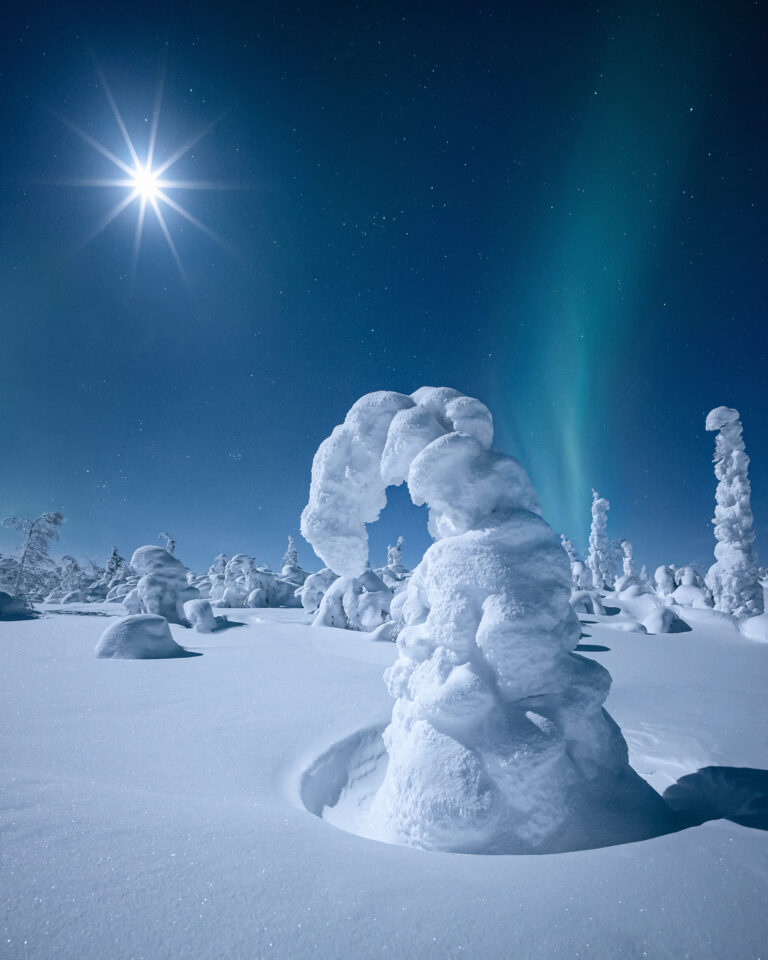
Frozen winter landscape lit by the moon and Aurora.
For me and from my photography view this is a very special and quite unique photo. To be able to get crystal clear rays from the sun and moon you mostly need to have an aperture from around f14 to f22. With some few lenses you can get clear ones just before f14 but you are still on very small aperture. Shooting night photos in so small aperture is almost impossible. If you want to have a good light on the foreground and if there is also aurora in the composition, f14-f22 force you to use crazy long exposure time, and that’s not possible cause the stars and specially cause of the moon is moving way too fast. It’s also not possible to use a star tracker cause the foreground is standing still. Thanks to the new Nisi 15/4 which gives you crystal clear spikes already at f4 and together with the Sony A7SIII that can handle high iso very well it gets possible to take a photo like this.
F4 is not ideal for aurora, but by pushing up the iso it was possible to manage to get the right shutter speed also on f4. F4 is also enough for let the NiSi give you crystal clear spikes from the moon.
This is one single exposure, no blending and no stacking.
Photo taken with Sony A7S III + NiSi 15/4
+ Good sharpens already at f4, and perfect sharpens on whole area from 5,6-8.
+ Excellent for shooting straight in to the sun.
+ small, compact and light weight.
+ 72mm filter thread
+ Surprisingly little distortion.
– Only downside I can mention is that there is no weather protection.
Off course I have love to have it faster than f4, but can not take it as a down side cause if it where faster the size, weight and price have also been something else.
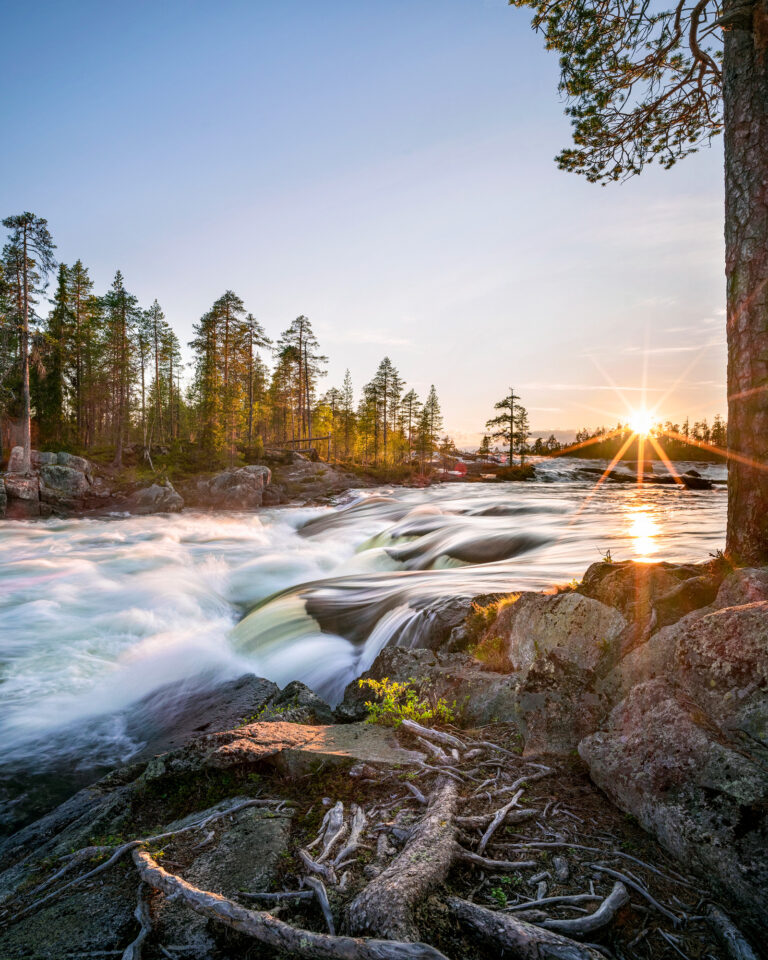
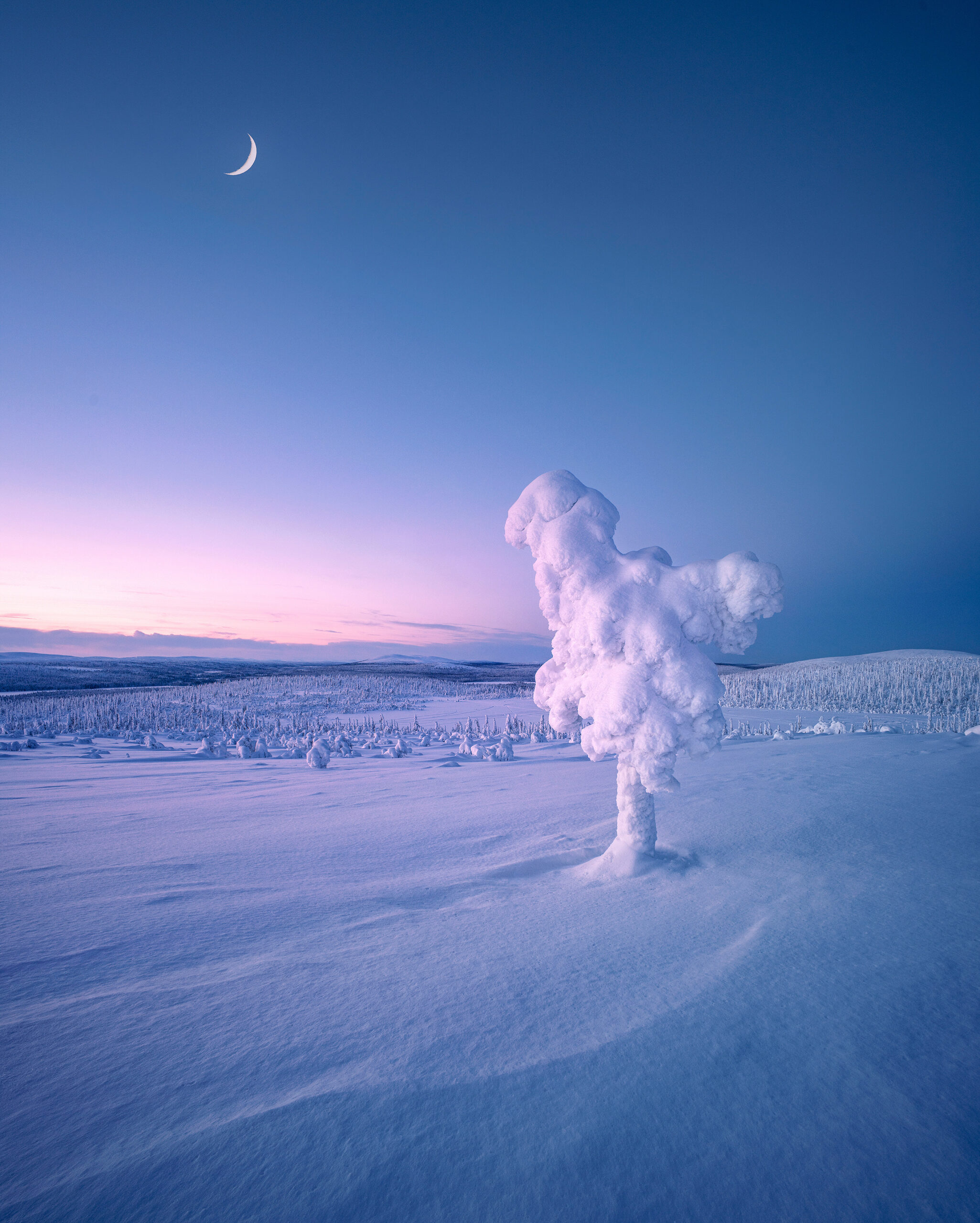
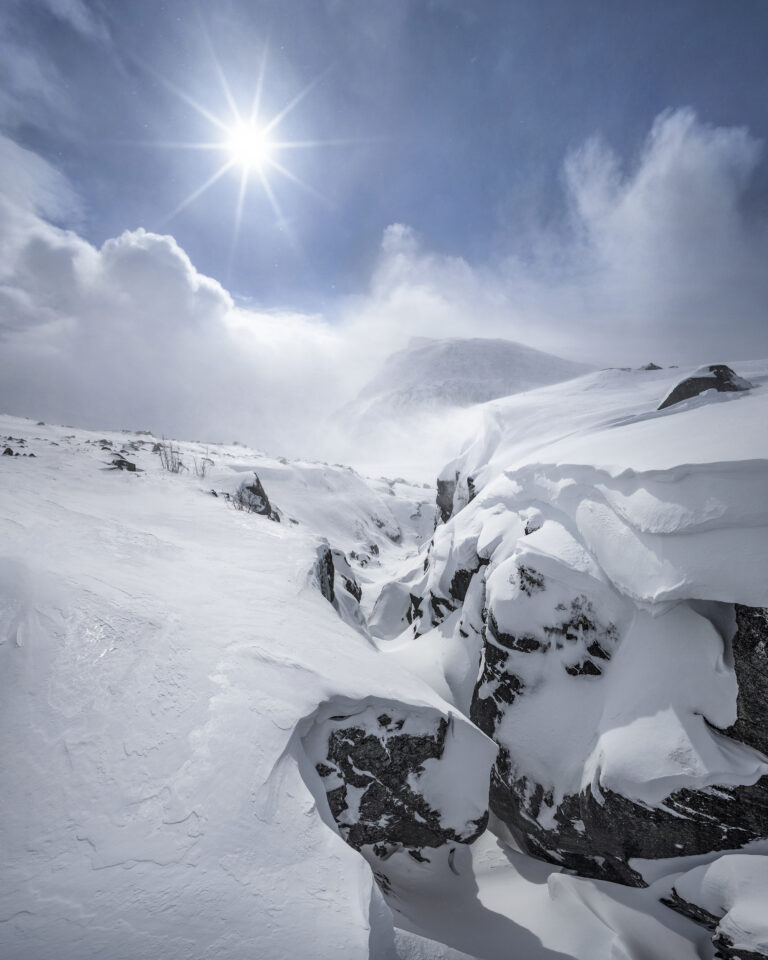
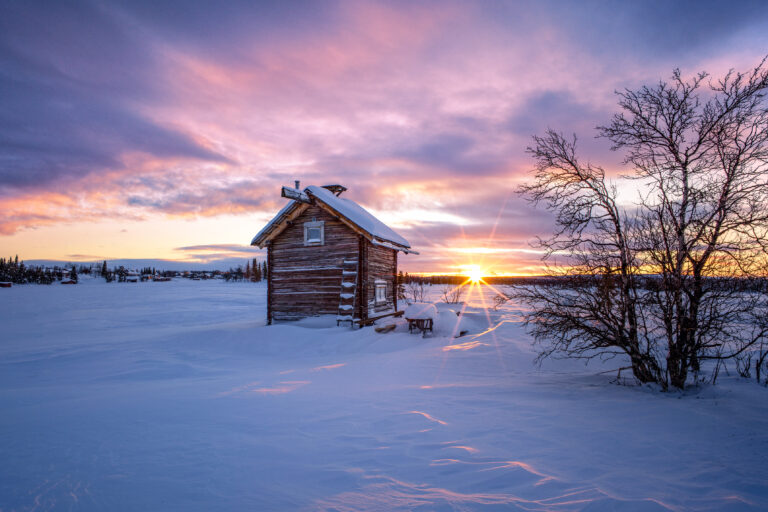
A while ago I was asked to try and evaluate Sigma’s new 150-600 sports for Sony FE, and of course I gladly said yes. A 150-600mm telephoto zoom with an aperture of f5-6.3, a perfect versatile tool for photographing wildlife. Sigma has offered many different versions of their 150-600 telephoto zoom and even more recently a 60-600 version, but none of them have been available to Sony FE mount.
When Sigma released their 60-600 telephoto zoom for Canon a few years ago, I used it a lot with my Sony A9 and mc11 adapter and with good results. I have used fast aperture Sigma primes, the 14mm F1.8 and 35mm F1.2m offering world class image quality. They have always been in the camera bag when I have been out on night tours to photograph night landscapes and Aurora Borealis. Sigma also has a number of new lenses in their Art series that perform very well, so my expectations for this new 150-600 telephoto zoom were very high.
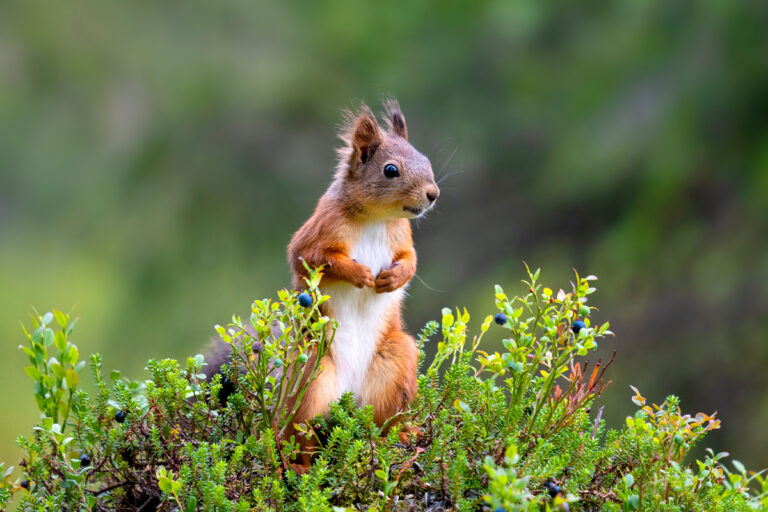
So how did it go ?
As for reviews, there are plenty of them online where someone in my opinion sometimes put too much focus on presents technical specifications and theoretical facts that you can quite easily find online and on the manufacturer’s website, here I tried to think out of the box. When the lens arrived, I had two days available to evaluate the lens (two and a half to be exact) and my idea was to use this time to try to take as many photos as possible to be able to show with photos and not only with words what this lens can perform. As I am passionate about landscape and wildlife and this is a telephoto zoom that reaches up to 600mm, the choice to photograph animals became quite easy. Immediately after picking up the lens at the post office, I was on my way out to a place where I know there is a good chance to see moose, and hopefully some newborn calves as well. Since then, I have used all 24 hours of the day to try to achieve something good. When it comes to wild animals, it is difficult to fully plan out and predict what you will get. You have to take it as it comes, be optimistic, have a lot of patience and be prepared to be able to quickly take advantage of what nature has to offer right then and there.
Once settled down, I waited for some moose to appear, finally having some time to carefully go through the lens and all the details. One of the first things I noticed was the weight, the lens is about 800gr lighter than before and already at the first moment felt much more well-balanced than previous versions. A new feature that was a big positive detail for me was a new feature called “dual action zoom” which means that you can easily and quickly zoom by sliding the front part of the lens forward or backward, something I think is very useful. A switch has also been added where you can choose to have the zoom locked or movable with two different torque options.
After a long wait, I saw a full grown moose, a little too far away to be able to take pictures, but I slowly and carefully tried to sneak closer. The camera was set on the AFC and tracking animal eyes. Unfortunately, the light was very poor as the sky was covered with dark gray rain clouds. When I had the moose at a good distance, I shot a series of 32 pictures, unfortunately not allowing me to shoot more before the moose ran away. While I was waiting for another chance, I went through the pictures. Sony’s eye autofocus works extremely well, but I know from experience that just eyes on gray dark moose in low light are incredibly challenging. Of the 32 pictures I managed to get, 24 were in focus, which may sound like few but in a situation like this, it is above expectations. After moving to a new position and ‘only’ half an hour of waiting, the moose cow showed up again, and this time with its two calves behind it. The sky was now much brighter, and there was sunlight behind a thin layer of clouds, absolutely perfect conditions. Could go down to more comfortable iso values and when I lay on the ground with desently solid support, I also dared to reduce my shutter speed. One of the moose calves walked slowly straight towards me and from time to time she twisted its head to keep an eye on the mother. It’s the perfect shooting position! I set the camera to 10 / fps and shot a series that resulted in a total of 314 images before the calf went into tall grass and bushes and disappeared from sight.Excited to see the results, I immediately went through all those images, as I really wanted to know how good they turned out to be. I found only 12 pictures where the calf’s eye was not in focus, and of these 12, I could immediately see in 5 of them that it was due to grass straws between me and the moose that made it harder for the autofocus to latch on the object perfectly. This is incredibly good, out in the forest in situations like these you rarely end up at a hit rate that is so close to 100%
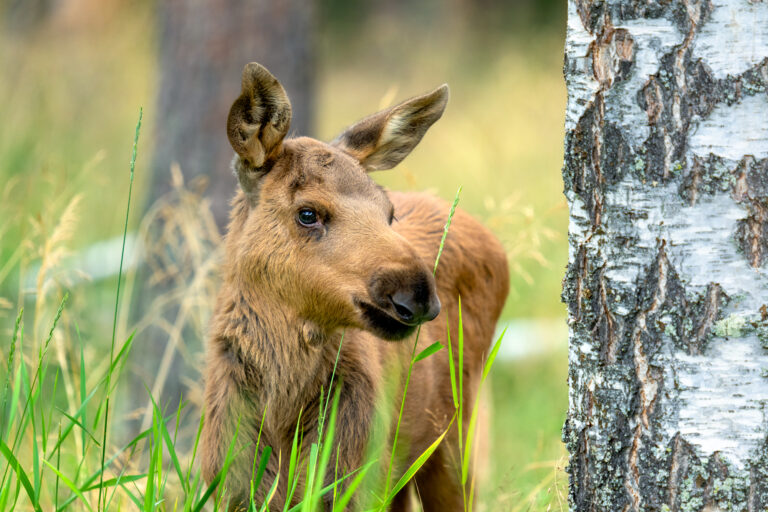
Day number two, I decided to try to photograph squirrels. Squirrels are curious and if you have patience you can manage to get quite close to them. It would be interesting to see how the auto focus works on animals much smaller than moose and with an eye as big as a pinhead. After an hour’s walk in the woods, I found some squirrels at an amazing spot. A beautiful forest area with fine vegetation and the ground covered with moss and blueberry bushes. Patiently I laid down on the ground and waited for one of the squirrels to pass on one of the small elevations that were a few meters away from me.
It took a long time before the squirrels dared to appear when they knew I was there, but after a few hours they started to move. They ran around at very high speed and way too far away. Additionally, the Sun was very bright up in the sky, so the light was awful. After a little more than 5 hours of waiting, two of the squirrels started to get really close, and just when the sun moved behind some thin clouds one of them finally stepped up on the small elevation I wanted to have them on, the joy was enormous! It stopped for almost a minute to eat some seeds from the ground and I managed to shoot a few hundred photos.
The same surprising result, very close to 100% of the images were in focus.
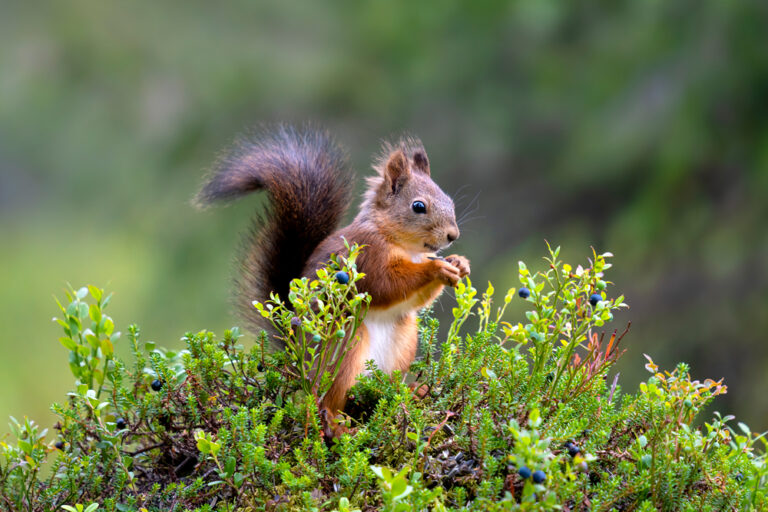
Summary:
As I spend an incredible amount of time out in nature, I hold my gear to very high demands on my equipment. My main setup for shooting wildlife is the Sony A1 and Sony A7r IV together with the Sony 400/2.8 GM is the workhorse, I then supplement it with several different tele zooms depending on the purpose. Coming from a 400mm prime lens with a 2.8 aperture and comparing it to a telephoto zoom can never be fair, and it’s very easy to think “but given the price, and given that it’s a zoom, the result is still quite ok ” Here I have to admit with my hand on my heart that this was the first time I did not automatically think that way. Sigma’s new 150-600 telephoto zoom delivers a completely outstanding image quality and it has surprised me positively on so many occasions.
+ In good light conditions and when it is not necessary to use very high iso iso numbers, the auto focus together with the sony A1 is phenomenally good, the accuracy is usually as close to 100% as you can get. However, I have not had time to try flying birds or some really fast moving animals.
+ Lower weight, and feels much more well balanced. Even after several hours of use out in the field
+ New very useful dual action “push/pull” zoom with adjustable torque
+ Very good image stabilizer, Handheld I was able to go for much longer shutter speed than I had thought.
+ The overall image quality is very impressive, especially in the area from around 350.450mm. Excellent sharpness, contrast and richness of details. And a neutral and fair color reproduction. At the longest focal length, the sharpness decreases slightly, but is still incredibly sharp for a telephoto zoom that reaches 600mm
+ Soft and nice background blur.
+ Dust and splash resistant
+ Then I also have to point out how enormously affordable this lens is, which of course is a big plus. It is very rare that you get so incredibly much performance in relation to what you pay, I am absolutely sure that this will be a big seller.
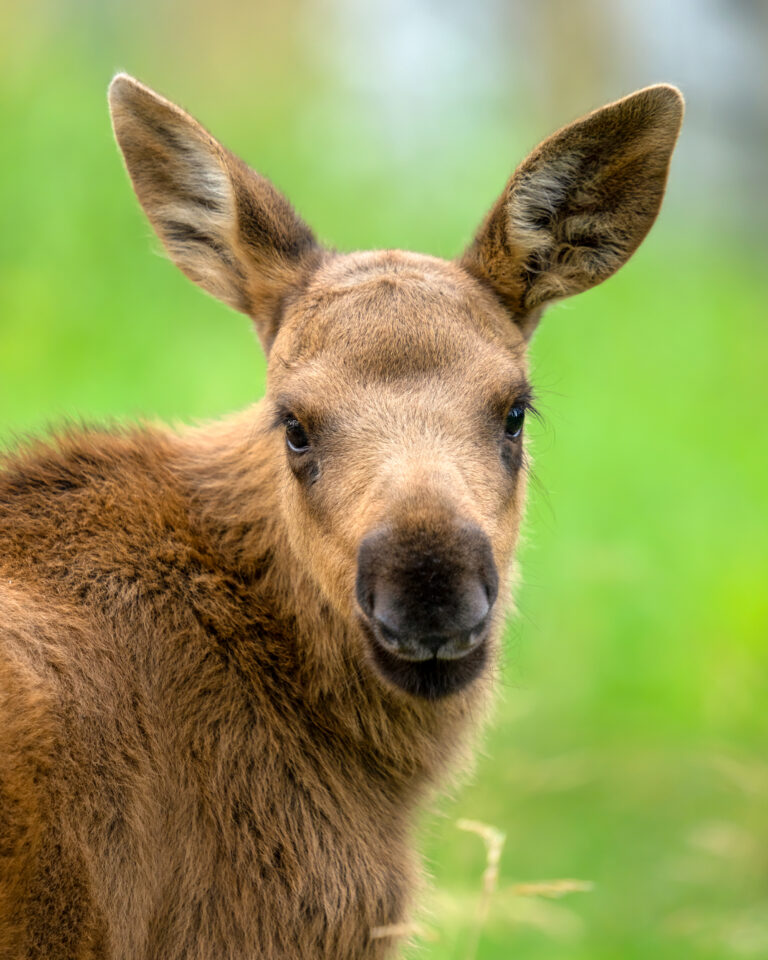
I really have to make an effort to try to come up with some disadvantages of this lens. Of course, as always, you can wish for even lower weight and larger aperture, but you can never see it as a minus when you then suddenly talk about a completely different lens and product.
One weakness to mention is that the accuracy of the auto focus is greatly affected by the light. When you are forced up to higher iso values, the number of images in focus becomes fewer. And its not supporting the new Sony a1`s 30 fps.
If you were to look at photos in detail, photos taken simply to specifically compare edge sharpness, etc., you can certainly find something you wish was better. But in my opinion, such details are quite insignificant when it comes to photographing wildlife as everything depends on autofocus reliability/accuracy, sharpness, user friendliness, focus speed and versatility to cope with the most different conceivable situations. Out in the field when you are in the heat of the battle, pictures of brick walls at different aperture numbers to compare the sharpness in the corners are completely irrelevant. That is something I leave to someone else to evaluate.
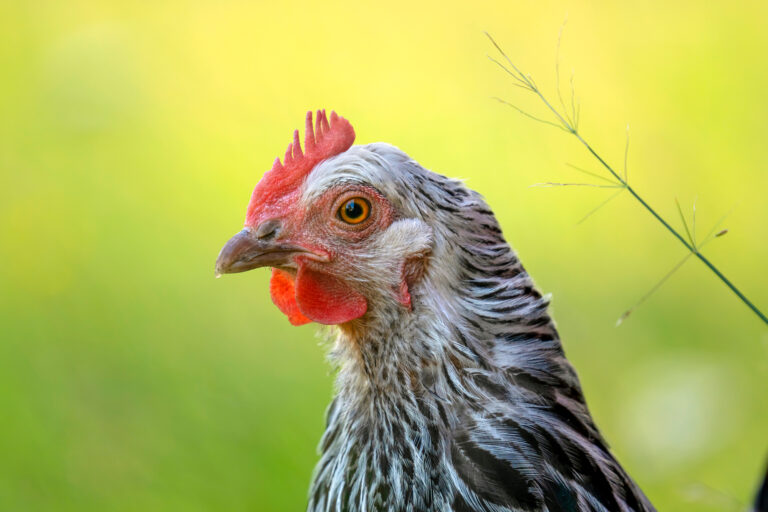
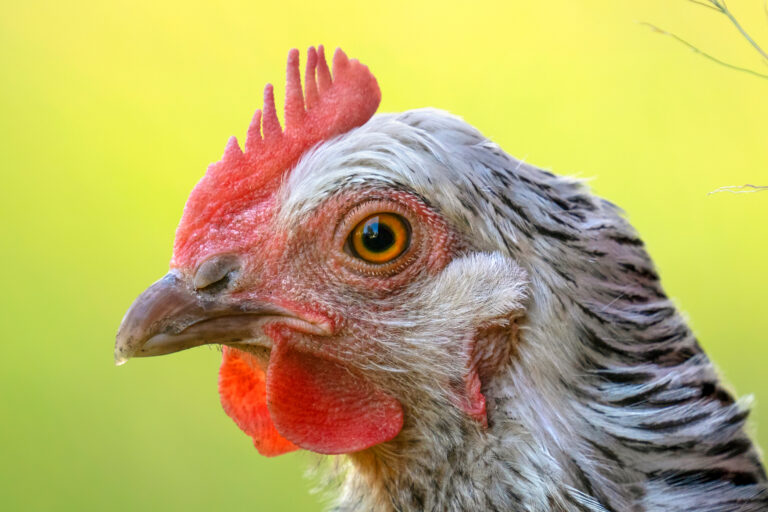
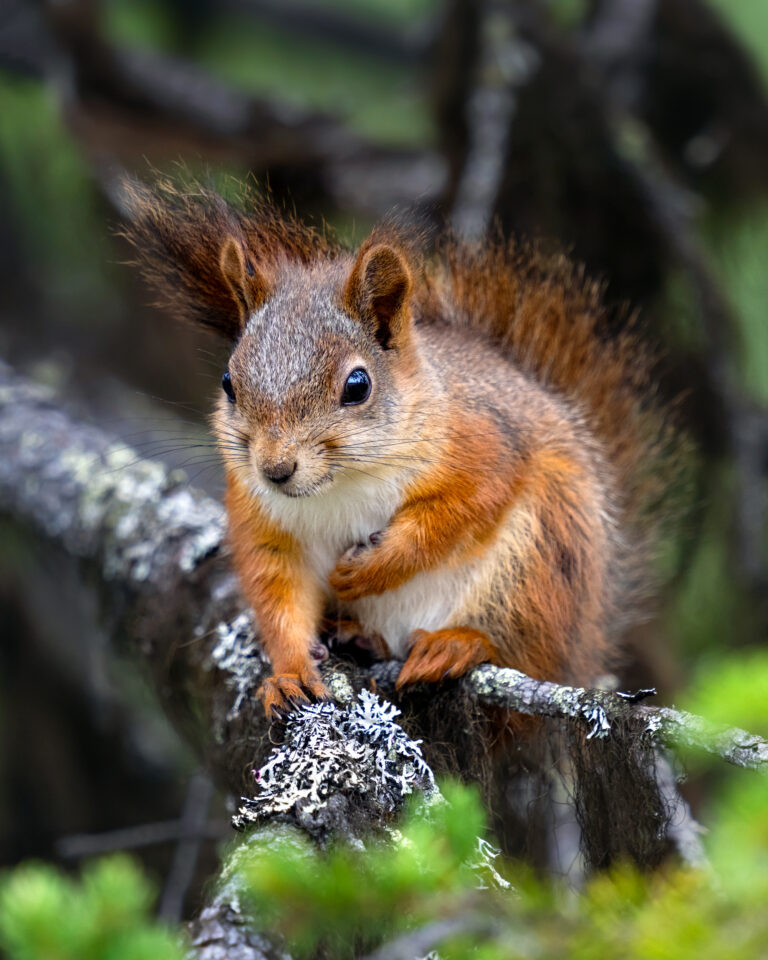
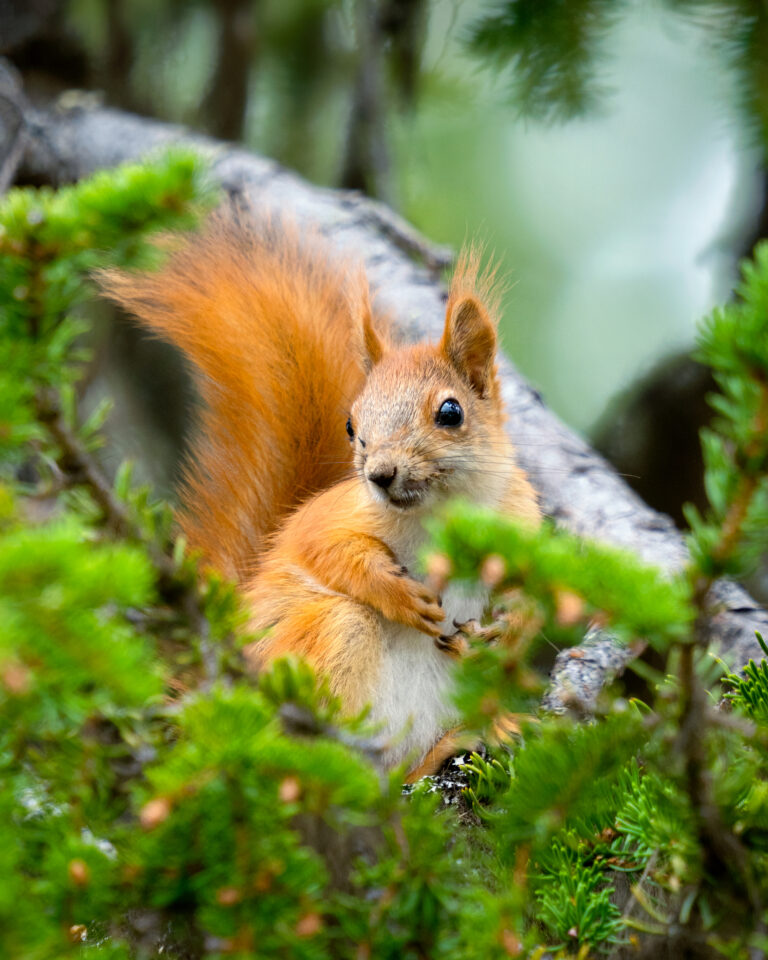
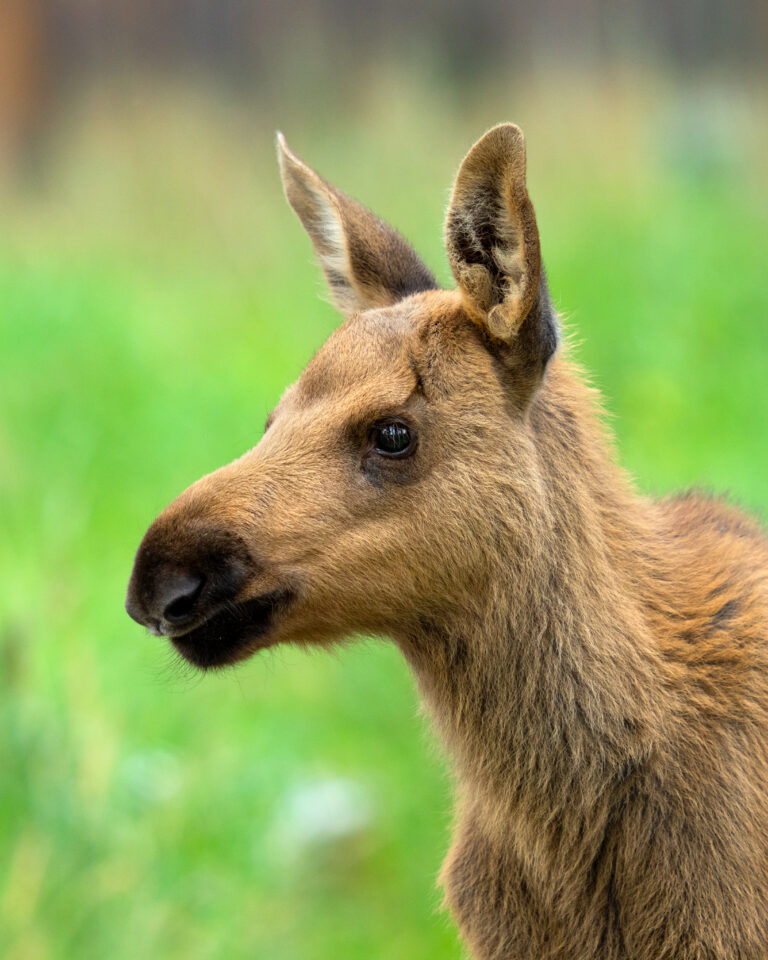
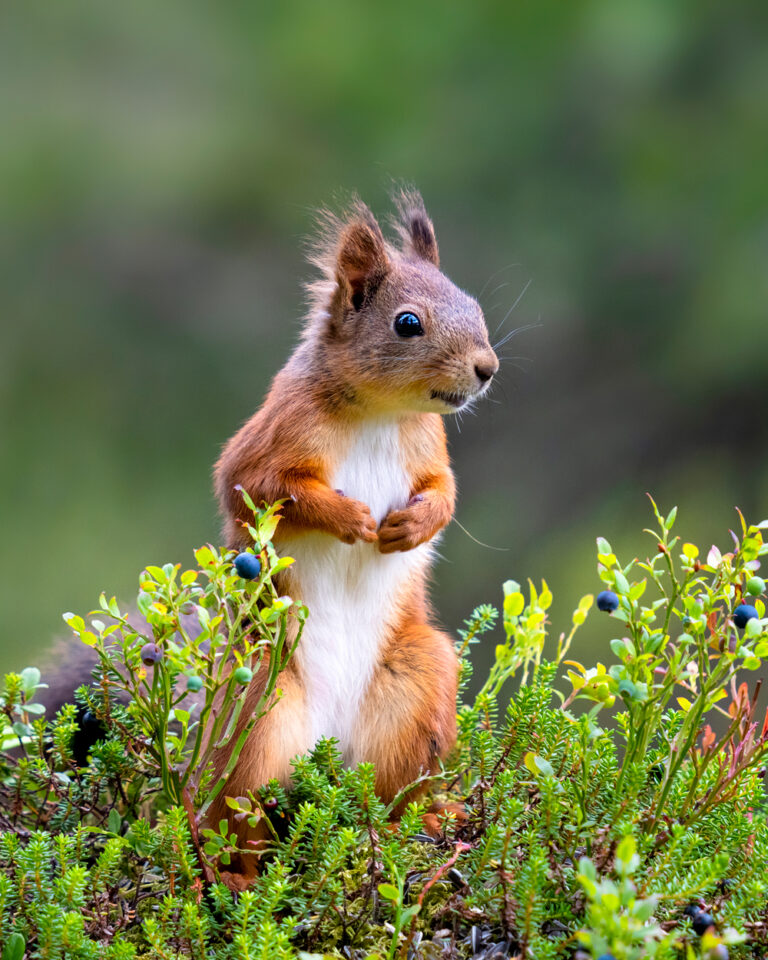
All photos in this review are photographed handheld and with Sony A1 camera body. During post-processing, only parameters such as light, shadows, hue, saturation, and contrast have been adjusted. Parameters such as Sharpness, blur, texture and clarity are left untouched to give an as fair overall impression as possible.
Specification:
Product Name: SIGMA 150-600mm F5-6,3 DG DN OS Sports
Compatible Mount: L-Mount / Sony E-mount
Lens Construction: 25 elements in 15 groups (FLD 4, SLD 2)
Aperture blades: 9 (rounded)
Min Aperture: F22-29
Min Focus Distance: 58-280cm / 22.8-110.2 in.
Filter size: 95mm
Diameter x Lenght: 109 mm x 265mm / 4.3in x 10.5 in.
Weight: 2,100g / 74oz inc tripod socket
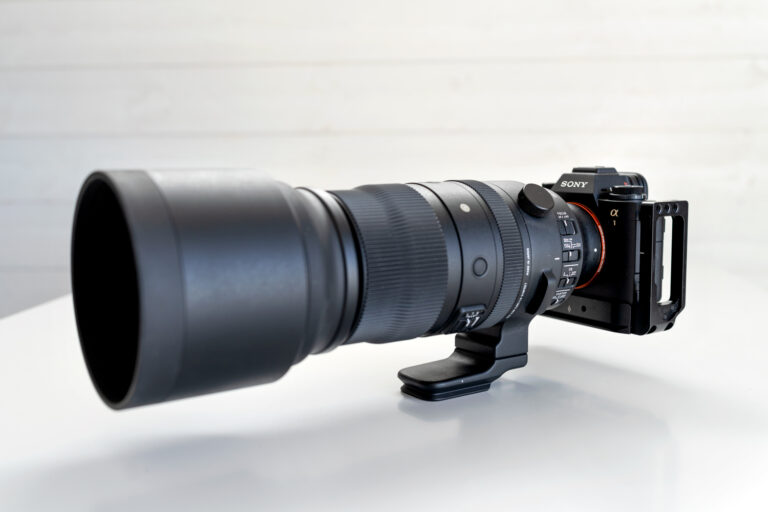
Features:
- Dust and Splash Resistant Structure
- Dual Action Zoom
- Internal focusing
- Super Multi-Layer Coating
- Various switches suited for Sports-level build quality
- Tripod socket compatible with Arca Swiss type screw knob clamp
- New Zoom Torque switch
- Compatible with Lens Aberration Correction
- Compatible with the SIGMA USB DOCK*
- Compatible with the SIGMA Tele Converters*
*L-Mount only - Designed to minimize flare and ghosting
- Every single lens undergoes SIGMA’s proprietary MTF measuring system
- High-precision, durable brass bayonet mount
- Made in Japan
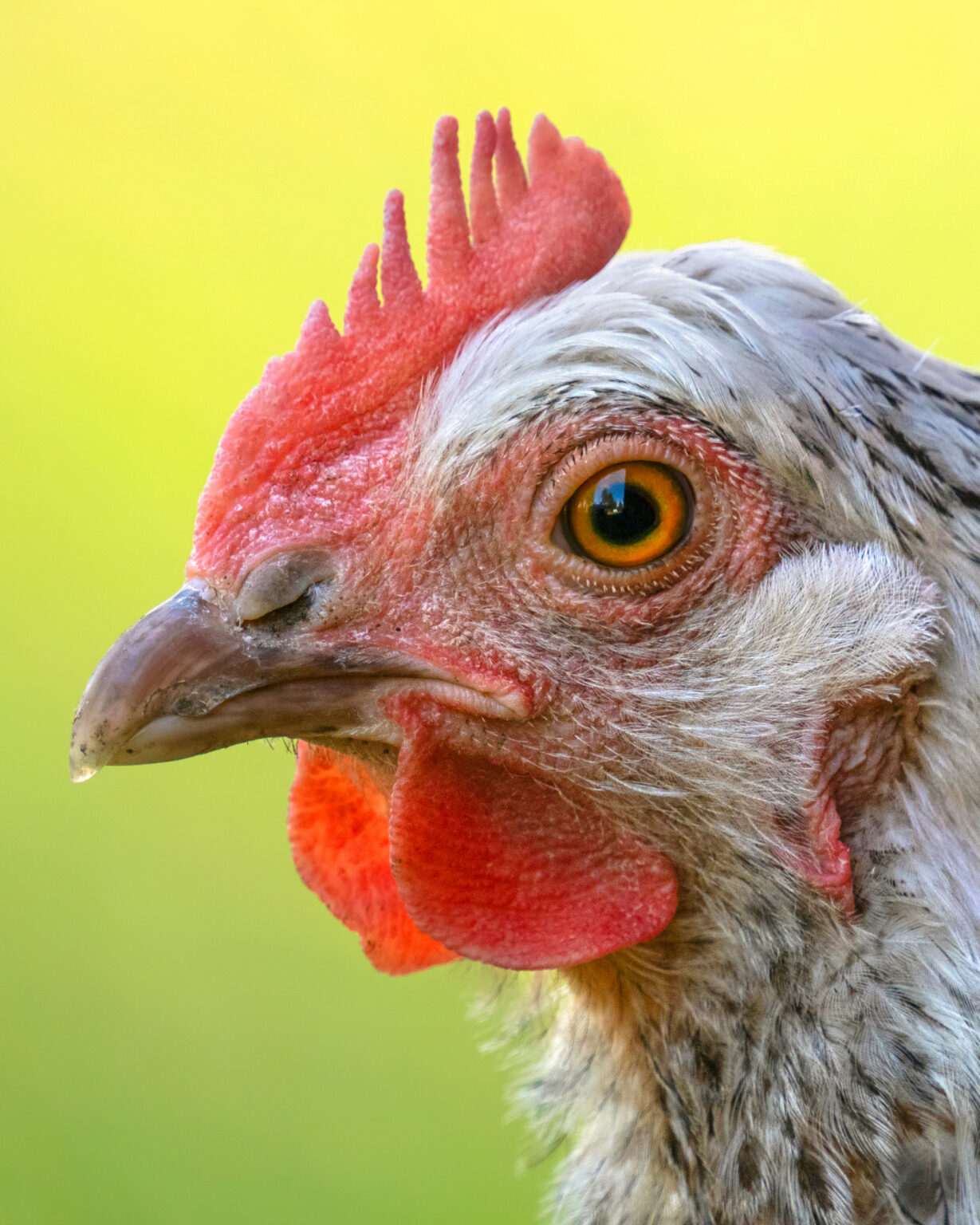
Hope this review is helpful and that you find it interesting and relevant. If you have any questions, feel free to contact me through the contact form here on my website.
/ Magnus Winbjork
I have had the honor of testing and evaluating Samyang’s new 50 mm f1.4 II for Sony FE.
Samyang is quite big on the market when it comes to lenses for Sony FE, they have several lenses with different focal lengths and with both manual and auto focus. I have tried most of them, some of their lenses are really good while some have given a more mediocre impression. One of my favorites have been their 35mm 1,4 from 2017 and also the manual focus 135mm from 2015. In relation to the price tag on the lenses, it can be said that most of them can be considered a really good purchase.
I have tried several different 50 mm optics in both 1.4 and 1.8 variants, honestly, Samyang’s previous 50mm lens has unfortunately not been on the list of my favorite lenses with 50mm focal length. How dit it went this time? How does this version II perform in general and in relation to their previous model?
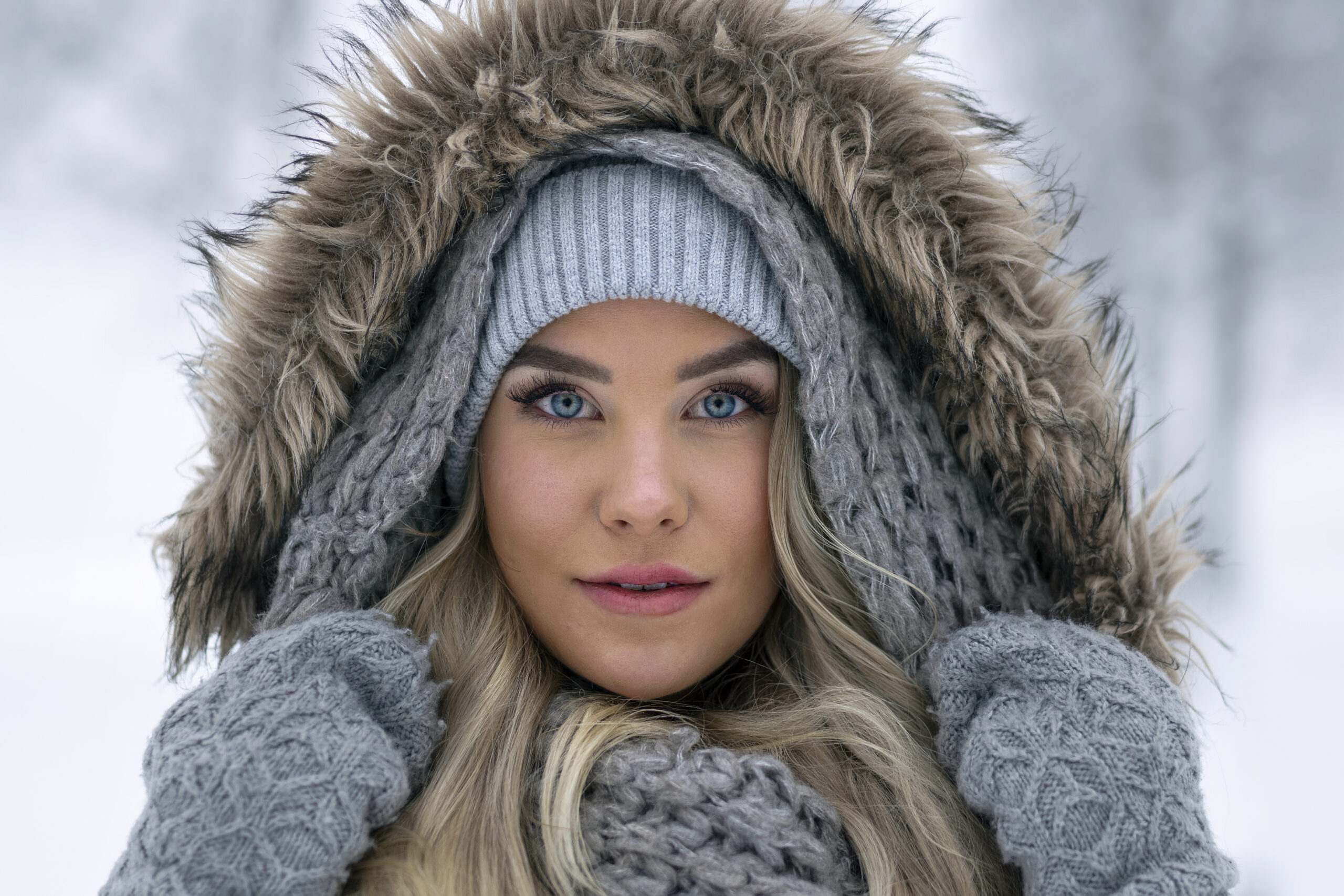
The first thing I did when I got the lens was to take some portraits, I was very expectant to see how it would perform when shooting wide open at f 1.4. Here I must say that I am really impressed, the sharpness is really good and the background blur is very soft and nice.
For portrait photography, this is a really good lens, and in the category of 50 mm 1.4 lenses, it places itself really well. If you take the price into account, I must probably say that this lens can be one of the absolute best buys when it comes to 50mm for portrait photography.
To test the performance of the largest aperture further and to also test the auto focus a little more, I took the opportunity to take some dog portraits.
Mounted on Sony A1 and with the autofocus set on animal eye detection, the result was very good. The autofokus is fast, quiet and really accurate, very close to 100% of the photos I got had the focus on the right place.
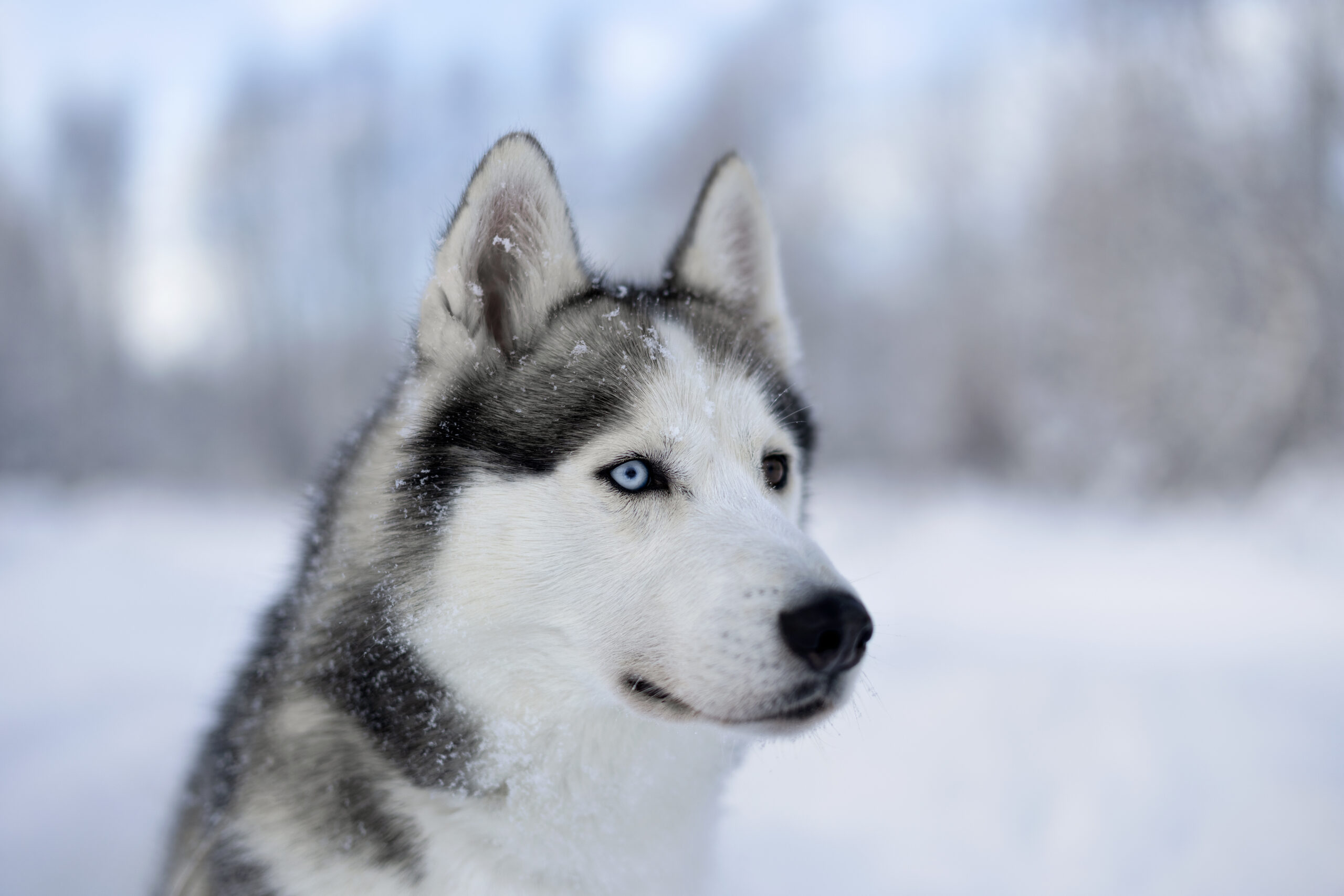
To get an insight into how the lens performs on smaller apertures, I went out to take some photos of the landscape.
The sharpness is very good, and around apertures 7-9 you get good results even along the corners. The only thing I can complain about here is the color rendering. The white balance is not really right in environments with a lot of white. I tried to switch between different lenses to see the difference and most gave the same white balance while this Samyang lens gave a slightly warmer and more yellow tone on the white parts. This is not a problem if you shoot in raw format and not a big problem in general if you do not shoot environments that are mostly white, but still an important detail I must mention.

Summary:
In general, a very well-performing and a good lens, really a lens to recommend and especially considering the price tag.
If you like shooting portrait with a 50mm lens and love to use a larger aperture, this lens is excellent.
+ Sharp wide open at f 1,4
+ Soft and smooth background blur
+ Light construction but with solid build quality, feels professional and well built
+ Low chromatic aberration
+ Delivers the amount of light you can expect from a lens with 1.4 as a physical measure of the aperture
+ Then I also have to point out how enormously affordable this lens is, which of course is a big plus. It is very rare that you get so incredibly much performance in relation to what you pay, I am absolutely sure that this will be a big seller.
+ Weather sealing
– Gives a slightly misleading white balance in certain conditions. Some older lenses from Samyang have had a slightly colder tone but this lens is the opposite, it gives you a slightly warmer tone and with a hint of yellow/brown on the white parts.
This is really not a problem if you shoot in raw format and not a big problem in general if you do not shoot environments that are mostly white, but still an important detail I must mention.
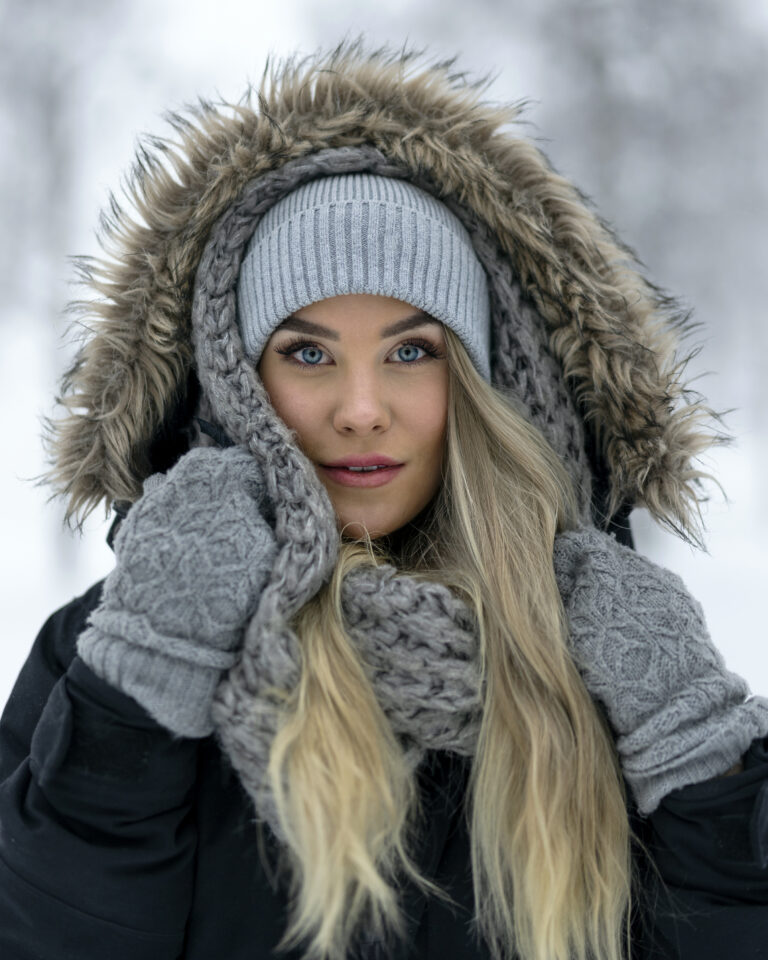

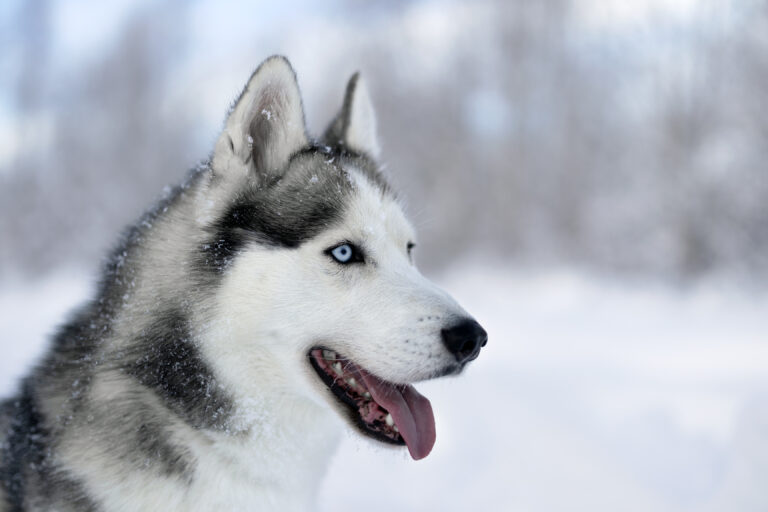
All photos in this review are photographed handheld and with Sony A1 camera body. During post-processing, only parameters such as light, shadows, hue, saturation, and contrast have been adjusted. Parameters such as Sharpness, blur, texture and clarity are left untouched to give an as fair overall impression as possible.
Specification:
Optical Construction 11 elements in 8 groups
ASP 2, HR 3, ED 1
Aperture blades 9
Image sensor Full Frame
Minimum Focus Distance 0.4m
Filter Size 72mm
Maximum Diameter 80.1mm
Length 88.9mm
Weight 492g
Weather Sealing Yes
AF Motor Linear STM
Hope this review is helpful and that you find it interesting and relevant. If you have any questions, feel free to contact me through the contact form here on my website.
/ Magnus Winbjork
